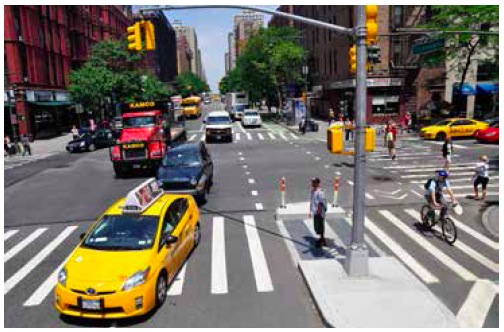
NEW YORK CITY DEPARTMENT OF TRANSPORTATION
Solving urban challenges has become the key to addressing global challenges. New York City has been a leader in creating new models for sustainable urban development in recent years, most visibly with the transformation of the city’s streets into more efficient and welcoming spaces that better accommodate all users. In tandem with these planning and engineering efforts, the New York City Department of Transportation (DOT) has developed a robust set of metrics to evaluate the outcomes of its projects with respect to the agency’s policy goals, both in the service of continually improving project designs and because the public increasingly expects such data-driven decision-making from government.
View this complete post...
Tags: Complete Streets, New York, New York City, New York City Department of Transportation, NY, NYC, NYC DOT, Pedestrian
Posted in
Infra Views, Local, Policy, Public Transportation, Roads, Smart Growth, Transit, Urban Planning
Comments Off on The Economic Benefits of Sustainable Streets
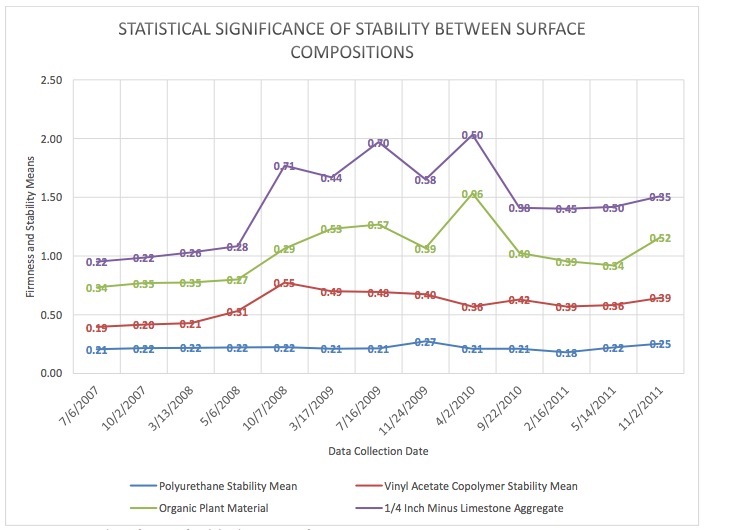













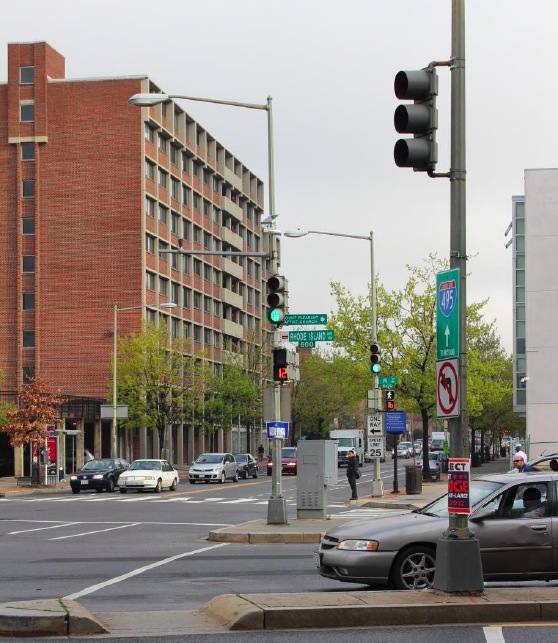
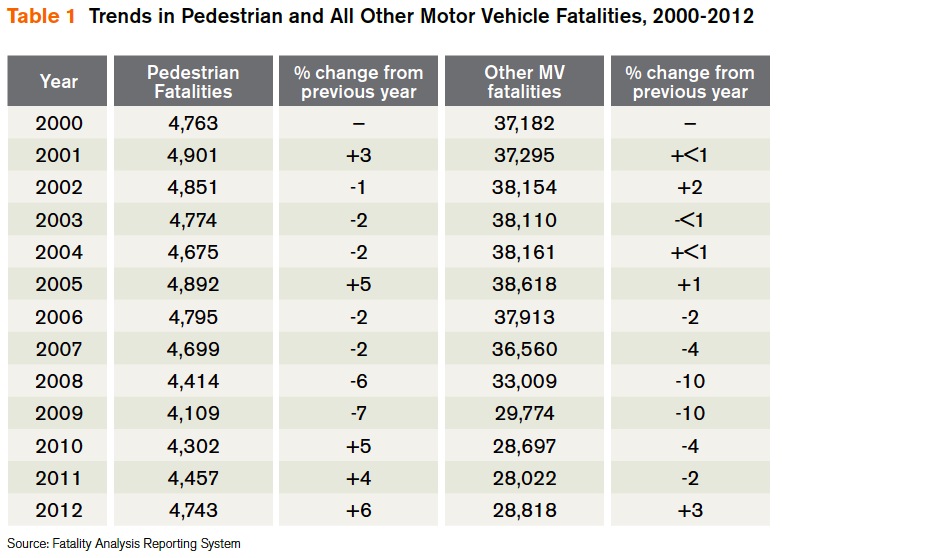





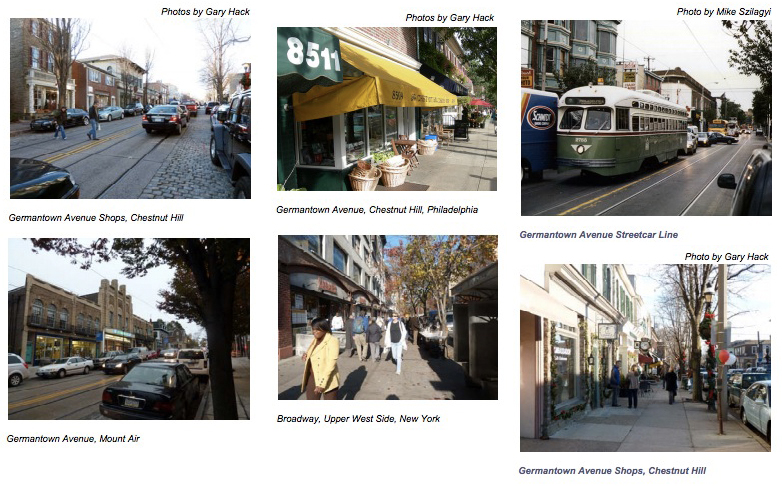

 RSS Feed
RSS Feed